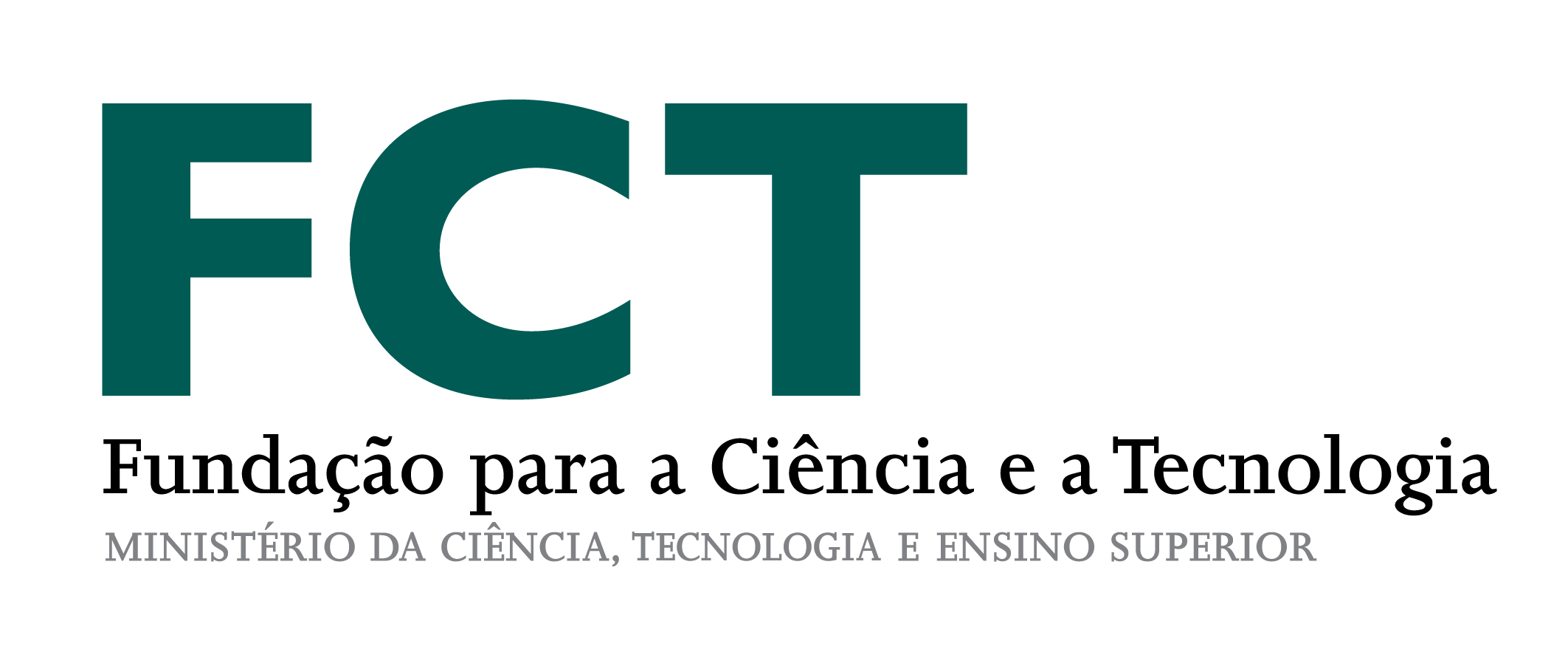Cristina C. Vieira*, Armanda Matos*, João Amado*, Isabel Freire** and Ana Margarida Veiga Simão***
* Faculty of Psychology and Educational Sciences, University of Coimbra, Portugal
** Institute of Education, University of Lisbon, Portugal
*** Faculty of Psychology, University of Lisbon, Research Centre for Psychological Science (CICPSI), Portugal
In this paper, we explore the differences in the responses of adolescent boys and girls, as victims or perpetrators of cyberbullying, in a Portuguese study involving 1683 boys and 1837 girls from the 6th, 8th and 11th years in 23 schools. More girls were cybervictims and more males were cyberaggressors. In both sexes, having already been a perpetrator was positively associated with having already been a victim. The breakdown of friendships and social rejection were the reasons most frequently cited by girls for experiencing and engaging in cyberbullying and they were more able than boys to disclose the motives and emotions involved in cyberacts. The implications are discussed, taking gender socialization and the characteristics of this stage of development into consideration.
Keywords
cyberbullying, differences between boyas and girls, adolescence, peer interaction analysis, gender stereotypes
Comportamentos de cyberbullying em rapazes e raparigas em Portugal: explorando diferenças entre os sexos na adolescência através das lentes de género
O artigo explora diferenças entre as respostas de rapazes e raparigas adolescentes, quer como vítimas, quer como perpetradores/as de cyberbulling, num estudo português com 1683 alunos e 1837 alunas do 6.º, 8.º e 11.º ano de 23 escolas. Elas tenderam mais a ser vítimas e eles a serem agressores. Em ambos os sexos, ter sido já perpetrador mostrou-se positivamente associado ao já ter sido vítima. A quebra de amizades e a rejeição social foram as razões mais apontadas por elas para explicar as experiências quer de vitimização, quer de perpetração de cyberbullying, sendo que foram mais capazes do que eles de indicar as emoções e os motivos envolvidos. São discutidas implicações, levando em conta a socialização de género e as caraterísticas desta etapa do desenvolvimento.
Palavras-chave
cyberbullying, diferenças entre os sexos, adolescência, estilos de interação entre pares, estereótipos de género
Comportamientos de cyberbullying en los niños y niñas en Portugal: exploración de las diferencias entre los sexos en la adolescencia a través de la lente de género
El objetivo es explorar diferencias entre las respuestas de los y las adolescentes, ya sea como víctimas o como practicantes de, en un estudio portugués con 1683 niños y 1837 niñas de los 6º, 8º y 11º grados de 23 escuelas. Las niñas mostraron mayor tendencia a ser víctimas y los chicos para ser agresores. En ambos sexos se observó una correlación positiva entre ser víctima y ser perpetrador/a. La ruptura de la amistad y el rechazo social fueron las razones mencionadas con mayor frecuencia por las niñas para explicar sus experiencias de victimización o de la práctica de, y fueron más capaces que los varones de indicar las emociones y motivos involucrados. Se discuten las implicaciones teniendo en cuenta la socialización de género y las características de esta etapa de desarrollo.
Palabras-clave
cyberbullying, las diferencias entre niños y niñas, adolescencia, estilos de interacción entre los jóvenes, estereotipos de género.
DOI: https://doi.org/10.22355/exaequo.2016.34.10

Direitos de autor: Creative Commons – CC BY NC
 Direitos de autor: Creative Commons – CC BY NC
Direitos de autor: Creative Commons – CC BY NC











